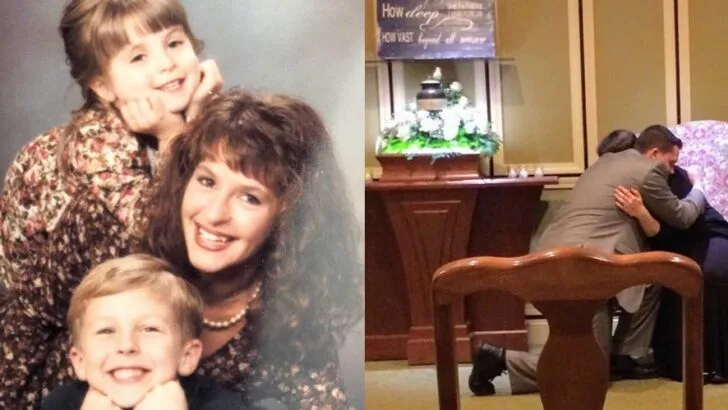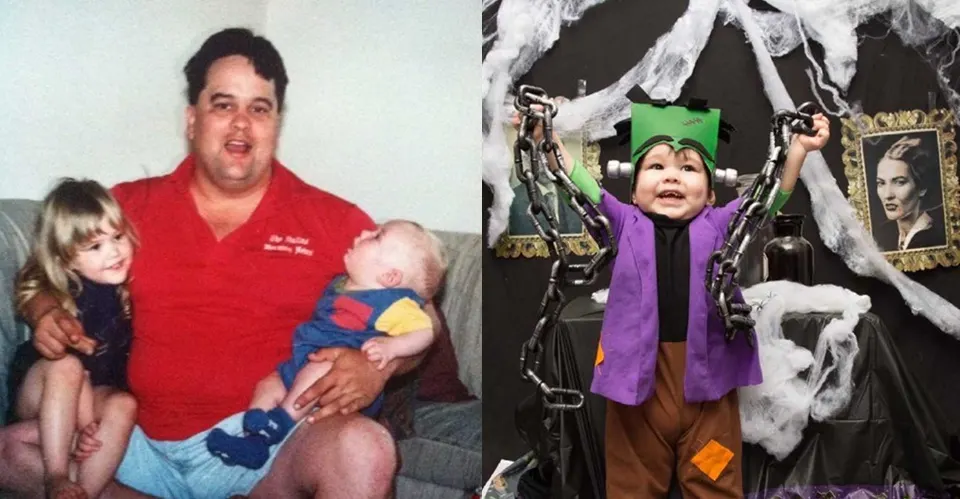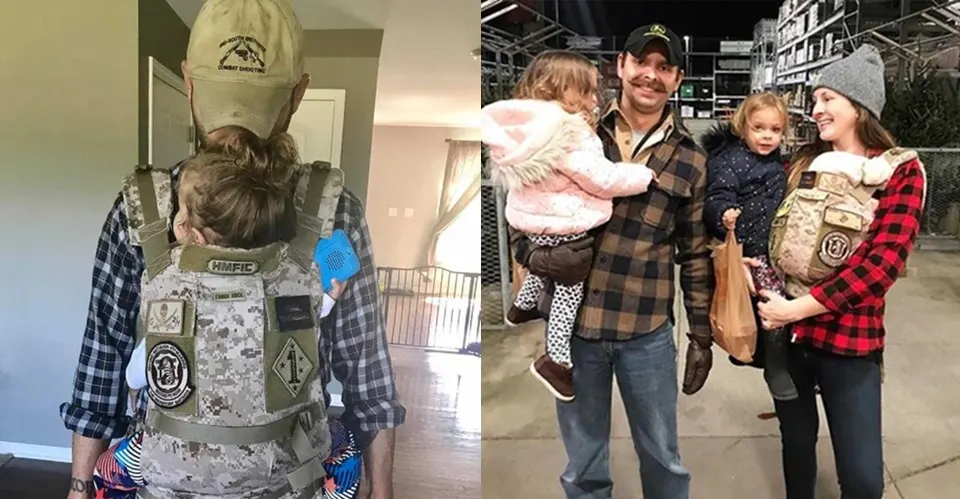Behind every relapse and headline is someone’s favorite person, and the bravest thing we can do is love them with hope and boundaries, even when the ending breaks our hearts. She grew up with a mom who tucked her in like a ceremony. The blanket had to be snug under every limb, and the ritual always ended with a kiss and a giggle. Her mom looked so young that people mistook her for an older sister who baked cupcakes with chocolate Oreo frosting for every class party.
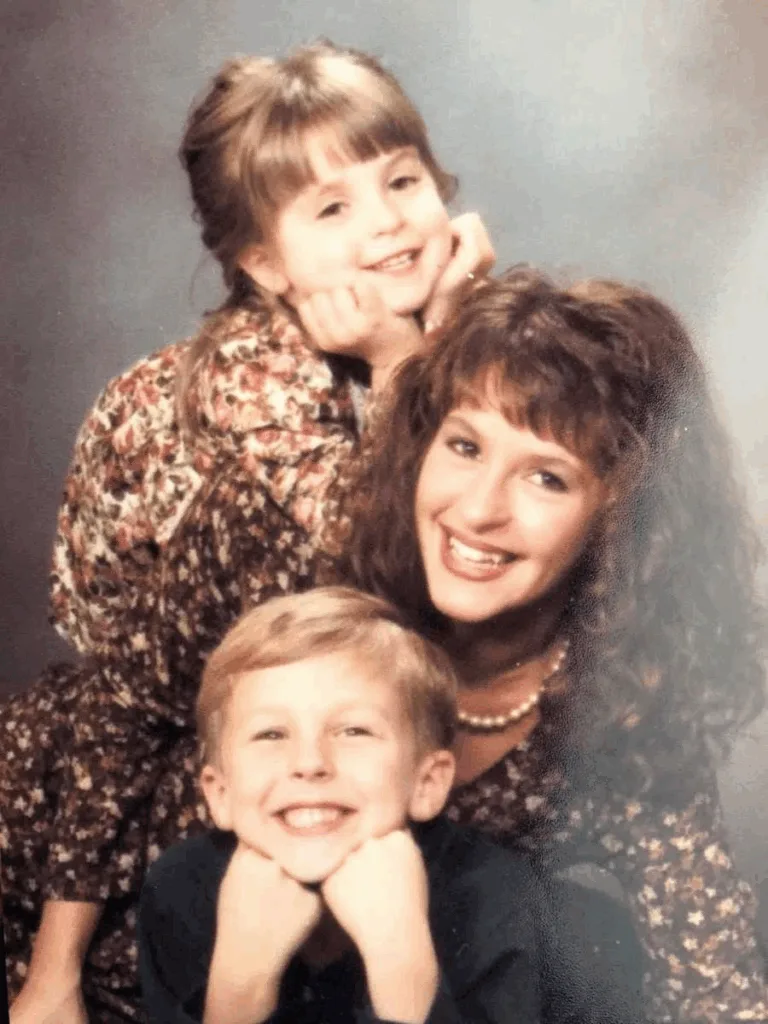
On her eighth birthday, her mom woke her with a homemade cherry cheesecake and a whispered plan to skip school and go shopping. The next day, when the birthday blues hit, cheesecake was breakfast again. As she got older, their bond only deepened. They roamed malls, traded secrets, and laughed hard. Her mom was her cheerleader and her defender, the kind who once threw a punch at someone who spat on her child. She was bright, magnetic, and quick to love.
It is important to know this before the word heroin appears. Without that picture, people might assume “addict” meant “absent mother.” The truth was messier and more human. At fourteen, the daughter watched her mom start using. She learned the shape of a nodding head and the color that lips turn during withdrawal. She called hotlines, begged rehabs, and waited for a fix she could not deliver. Money thinned as “the habit” took priority. Helplessness hardened into anger, and in that anger she made her own bad choices, alcohol and drugs that were not heroin, but still an escape. She told herself, If my mom can do it, so can I, not knowing she was building her own trap.
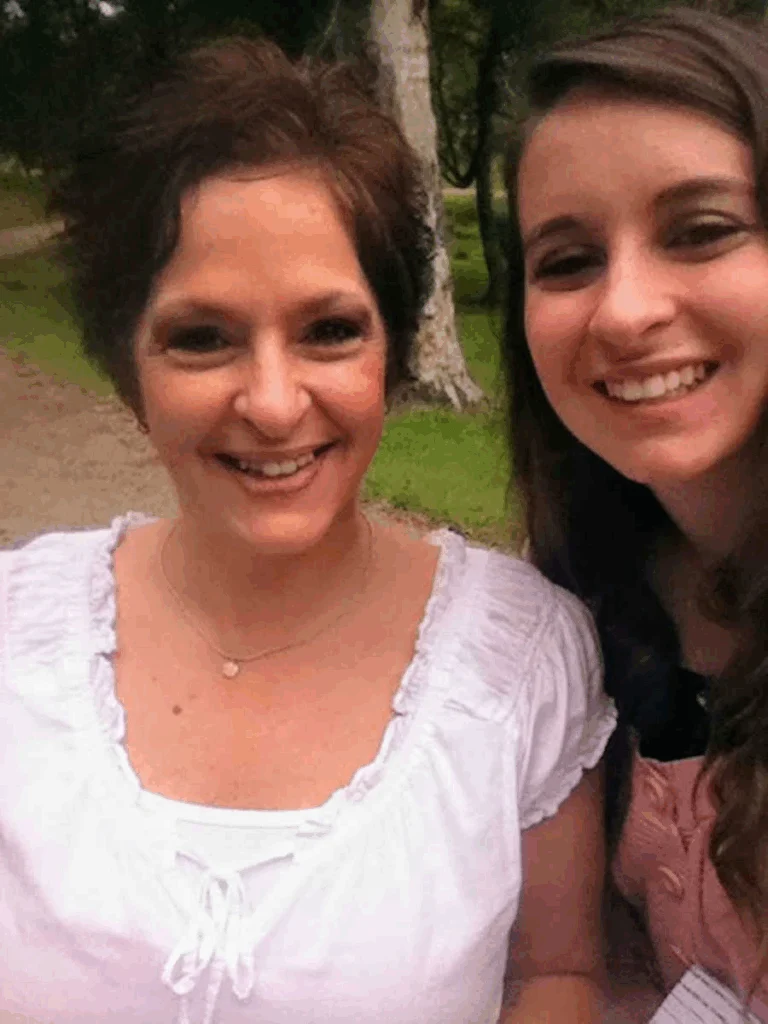
At eighteen, she found faith and got sober. Her mom’s path zigzagged. There were rehabs and relapses, brief stretches of calm and the heavy guilt that followed. The guilt fed the cycle. She remembers dropping her mom at a rehab in another state, sobbing in the car like a parent leaving a child. Still, hope flickered. In 2016 and 2017, her mom got clean for real. She went to church, found a good job, worked hard, and surprised everyone with how quickly she rose. She had a car again, a warm apartment, and the beginnings of ordinary happiness.
One year into sobriety, on September 4, 2017, her mom used again. This time it was fatal. The daughter had suspected a slip weeks earlier, the tiny cracks you notice when you know a person’s rhythms. A friend snapped a quiet picture at the funeral: the daughter seated, her husband’s arms around her. The road had been long, depression, loneliness, the weight of shame, and grief arrived like a storm with no edges. Life went on tenderly. She married a man who is now a pastor. In their home ,they teach their children to love God and each other, to be grateful for holidays with or without presents, because she remembers the holidays when her mom was gone. She gives thanks for ordinary afternoons because she knows the ache of wondering if someone you love is even alive. Her sobriety feels like grace, and she does not pretend to own it.

She also carries a message for others who love someone in addiction. The loved ones are hurting, too, confused, worn down, and sometimes numb. They need each other and stories where people come back to themselves. She believes in prayer, even when the words run out. She believes in boundaries because love without limits can drown you. She believes in hope, which looks stubborn, and says that as long as they are breathing, a chance and a purpose are waiting. She thinks of her mother in full color: the cheesecake breakfasts, the contagious laugh, the fierce protection, the years they lost to a drug that rewired everything. Love did not save her mom’s life, but it never stopped being true. The daughter is still learning from that truth, still choosing gratitude, and still telling anyone who will listen that the people behind addiction are not only their worst days.

